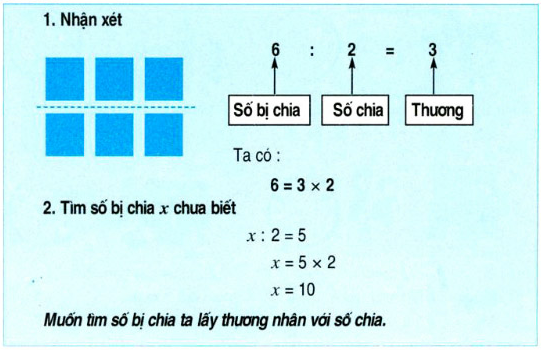Giáo dục
Kèo nhà cái hôm nay là gì? Các loại kèo nhà cái phổ biến nhất 2025
Thuật ngữ kèo nhà cái hôm nay hiện đang được nhắc đến rộng rãi trong giới cá
Hướng dẫn đăng ký ST666 và nhận khuyến mãi cực đơn giản dành cho tân thủ
Đăng ký ST666 luôn là bước đầu tiên để các cược thủ chuẩn bị tham gia
Cách Chơi Xì Dách ST666 Cơ Bản, Dễ Hiểu Dành Cho Tân Thủ
Đến với ST666 thì không thể bỏ qua trò chơi xì dách hay còn được gọi là
Link tra cứu điểm thi lớp 10 Đồng Nai, Bắc Ninh, Thái Bình, Tây Ninh
Các tỉnh Đồng Nai, Thái Nguyên, Tây Ninh… đã công bố điểm thi lớp 10
Không gây áp lực thực hiện ‘trường học hạnh phúc’
Đại diện Bộ Giáo dục và Đào tạo nói việc thực hiện “trường học hạnh
‘Không biến trường học hạnh phúc thành tiêu chí thi đua’
Đại diện Bộ Giáo dục cho rằng hiện giáo viên phải đối mặt rất nhiều
Học Chế tạo máy có làm Quản lý nhân lực được không?
Em định học xong ngành Chế tạo máy sẽ chuyển hướng làm việc trong ngành
Gọi tên các nghi thức đám cưới trong tiếng Anh
Cầu hôn trong tiếng Anh là “propose”: She broke into tears when her boyfriend proposed
Du học Canada cần bao nhiêu tiền?
1. Học phí Bạn cần dự trù một khoản từ 10.000 (gần 180 triệu) đến
Tài liệu
Tài Liệu
Phiếu bài tập tuần Toán 9 – Tuần 30
Tài Liệu
Phiếu bài tập tuần Toán 9 – Tuần 29
Tài Liệu
Phiếu bài tập tuần Toán 9 – Tuần 28
Tài Liệu
Phiếu bài tập tuần Toán 9 – Tuần 26
Tài Liệu
Phiếu bài tập tuần Toán 9 – Tuần 25
Tài Liệu
Phiếu bài tập tuần Toán 9 – Tuần 24
Tài Liệu
Phiếu bài tập tuần Toán 9 – Tuần 23
Tài Liệu

















